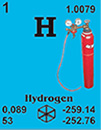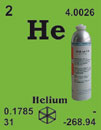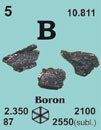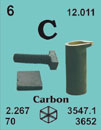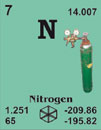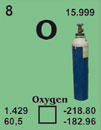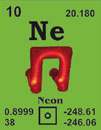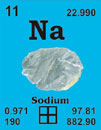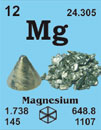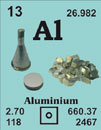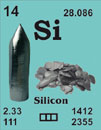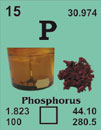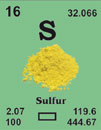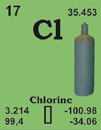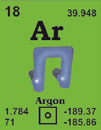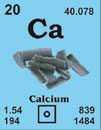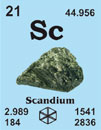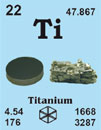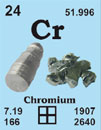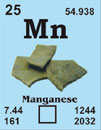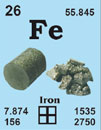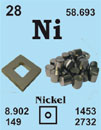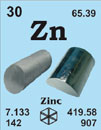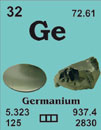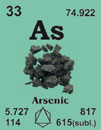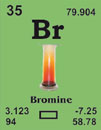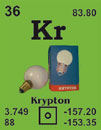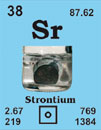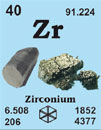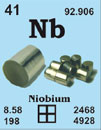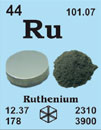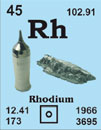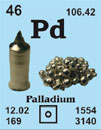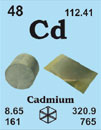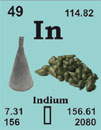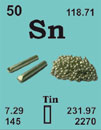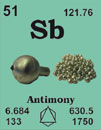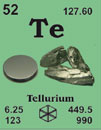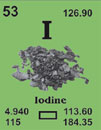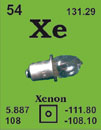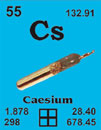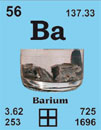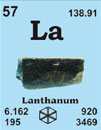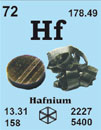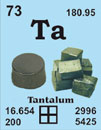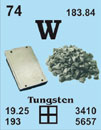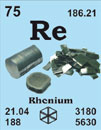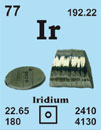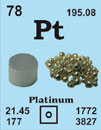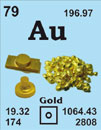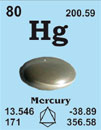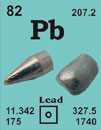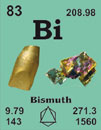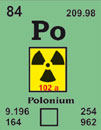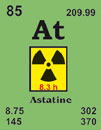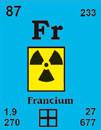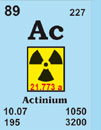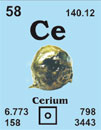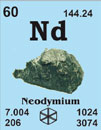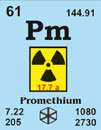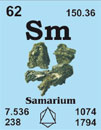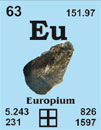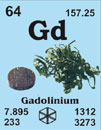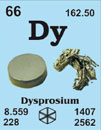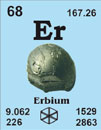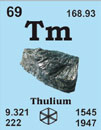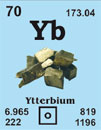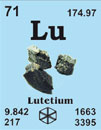Tungsten 74W183.85
Discovered in 1783 by J.J. and F. Elhuijar at Vergara, Spain.
[Swedish, tung sten = heavy stone; wolfram is named after wolframite]
French: tungstène
German: Wolfram
Italian: wolframio (tungsteno)
Spanish: wolframio
Description: Tungsten is generally obtained as a dull grey powder, which is difficult to melt. The bulk metal is lustrous an silvery-white, and resists attack by oxygen, acids and alkalis. Tungsten is used in alloys, to which it imparts great stength, in light bulb filaments and cutting tools.
Tungsten single crystal properties
| State: |
single crystal |
|---|
| Crystal structure: |
bcc |
|---|
| Production method: |
Floating zone |
|---|
| Standard size: |
diameter 8-12mm
thickness 1-2mm |
|---|
| Orientation: |
(100), (110) and (111) |
|---|
| Orientation accuracy: |
<2°, <1°, <0.4° or <0.1° |
|---|
| Polishing: |
as cut, one or two sides polished |
|---|
| Roughness of surface: |
<0.03µm |
|---|
| Purity: |
99.999% |
|---|
| Typical analysis (ppm): |
C 3
H < 1
O 9
N < 5
Cu 1.60
Fe 1.80
Ni < 1
Pb 0.30
Si 0.30
Ga, Hf and Ta are below the detection limit
|
|---|
Materials properties
| Density: |
19.3 g/cm3 |
|---|
| Melting point: |
3406.85±20 °C / 3680±20 °K |
|---|
| Boiling point: |
5656.85 °C / 5930 °K |
|---|
| Molar volume: |
9.53 cm3 |
|---|
| Thermal conductivity: |
174 [300 K] Wm-1K-1 |
|---|
| Coefficient of linear thermal expansion: |
4.59 x 10-6 K-1 |
|---|
| Electrical resistivity: |
5.65x 10-8 [300 K] Wm |
|---|
| Mass magnetic susceptibility: |
+4.0 x 10-9(s) kg-1m3 |
|---|
| Young's modulus: |
411 GPa |
|---|
| Rigidity modulus: |
160.6 GPa |
|---|
| Bulk modulus: |
311 GPa |
|---|
| Poisson's ratio: |
0.28 |
|---|
| Radii: |
W6+ 62; W4+ 68; atomic 137; covalent 130 |
|---|
| Electronegativity: |
2.36 (Pauling); 1.40 (Allred); 4.40 eV (absolute) |
|---|
| Effective nuclear charge: |
4.35 (Slater); 9.85 (Clementi); 14.22 (Froese-Fischer) |
|---|
| Number of Isotopes (incl. nuclear isomers): |
29 |
|---|
| Issotope mass range: |
160 -> 190 |
|---|
| Crystal structure, (cell dimentions / pm), space group |
bcc |
|---|
| X-ray diffraction: mass absorption coefficients: |
CuKα 172 (µ/r) / cm2g-1
MoKα 99.1 (µ/r) / cm2g-1 |
|---|
| Neutron scattering length: |
0.486 b/10-12 cm |
|---|
| Thermal neutron capture cross-section: |
18.3 sa / barns |
|---|
Biological data
| Biological role: |
none |
|---|
| Toxicity |
|
|---|
| Toxic intake: |
mildly toxic |
|---|
| Lethal intake: |
LD50 (metal, rat) = 2000 mg kg-1 |
|---|
| Hazards: |
Tungsten dust is a skin and eye irritant and an experimental teratogen. |
|---|
| Level in humans |
|
|---|
| Blood: |
0.001 mg dm-3 |
|---|
| Bone: |
0.00025 p.p.m. |
|---|
| Liver: |
n.a. |
|---|
| Muscle: |
n.a. |
|---|
| Daily dietary intake: |
0.001 - 0.015 mg |
|---|
| Total mass of element in average [70 kg] person: |
c. 0.02 mg |
|---|
Geological data
| Mineral | Formula | Density | Hardness | Crystal apperance |
|---|
| Ferberite |
FeWO4 |
7.40 |
4 - 4.5 |
mon., met. black |
|---|
| Scheelite |
CaWO4 |
6.10 |
4.5 5 |
tet., vit./adam. colourless |
|---|
| Wolframite |
(Fe, Mn) WO4 |
7.3 |
4 - 4.5 |
mon., sub-met./adam. greyish-black |
|---|
| Chief ore: |
scheelite and wolframite |
|---|
| World production: |
45 100 tonnes/year |
|---|
| Main mining areas: |
China, Malaysia, Burma, Bolivia, Canada, Australia, Japan, USA |
|---|
| Reserves: |
1.5 x 106 tonnes |
|---|
| Specimen: |
available as foil, powder, rod or wire. Safe. |
|---|
| Abundances |
|
|---|
| Sun: |
50 (relative to H = 1 x 1012) |
|---|
| Earth's crust: |
1 p.p.m. |
|---|
| Seawater: |
|
|---|
| Residence time: |
|
|---|
| Classification: |
|
|---|
| Oxidation state: |
VI |
|---|
Source: Emsley, J. (1998) The Elements (3rd Edition)

 English
English
 Deutsch
Deutsch

